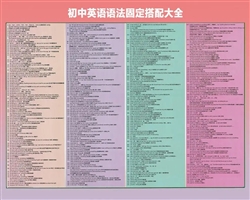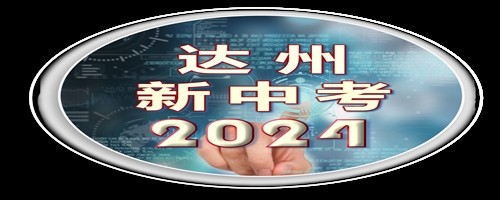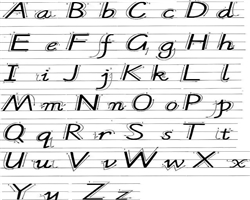The Theory of Daoism
道家理论
Laozi conceived of Tao as the phenomenon of change and reversal, in the sense of birth, growth and renewal. He believed in two opposite but complementary forces - yin and yang - that are exercised by everything in the universe: the hard and soft, strong and weak, long and short, high and low, and front and back. He said, “Something and nothing grow out of one another; difficulty and ease produce one another; long and short offset one another; high and low lean on one another; sound and voice harmonize with one another; and front and back follow one another. ’’ His best-known paradox in this vein is: “Good fortune lies within bad, and bad fortune lurks within good. ” These pairs of opposites coexist, as none can be without the other. But neither remains unchanged and might, depending on the circumstances, transform into their opposite.
老子把道认为是变革和逆转的现象,出生,成长和延续感。他信仰两个相反但互补的力量 - 阴阳 – 它们被宇宙万物运用:硬和软、强与弱、长与短、高与低、前与后。他说:“有些事物的生长彼此互补;难与易产生彼此;长短相互抵消;高低彼此依靠,声音的强弱彼此协调,以及前与后接踵而至。”他的在这方面最著名的悖论是:“福祸相依。” 这些对立并存的东西,缺一不可。但无论是保持不变或不变,取决于对立面转化的情况。





 。
。